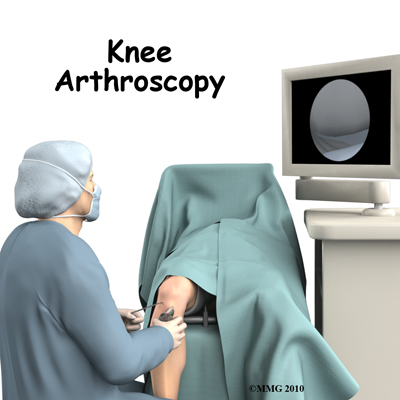
Knee Arthroscopy
The use of arthroscopy has revolutionized many different types of orthopedic surgery. During arthroscopy, a small video camera attached to a fiber-optic lens is inserted into the body to allow a physician or surgeon to see inside without making a large incision (arthro means joint, scopy means look). The knee was the first joint in which the arthroscope was commonly used to both diagnose problems and to perform surgical procedures inside a joint.
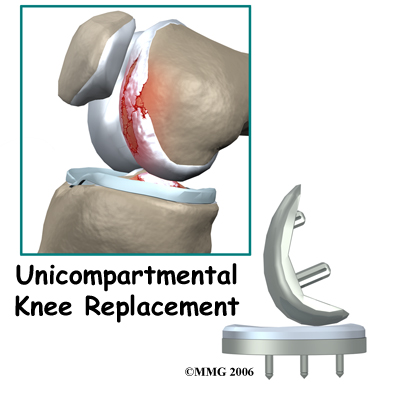
Unicompartmental Knee Replacement
A painful knee can severely affect your ability to lead a full, active life. Over the last 25 years, major advancements in artificial knee replacement have improved the outcome of the surgery greatly. One of the more recent advances in knee replacement surgery is the unicompartmental knee replacement (also known as a unicondylar knee replacement). This type of knee replacement is less invasive than a full knee replacement. The operation is designed to replace only the portions of the joint...
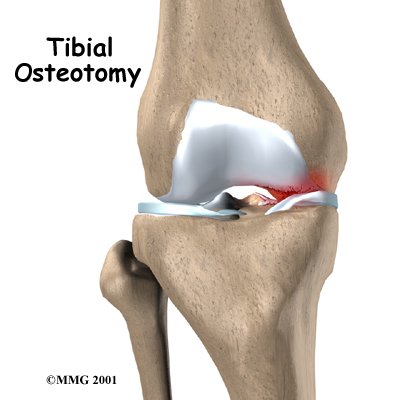
Tibial Osteotomy
Knee osteoarthritis often affects only one side of the knee joint. When this occurs, realigning the angle made between the bones of the leg can shift your body weight so that the healthy side of the knee joint takes more of the stress. The procedure to realign the angles of the lower leg is called a proximal tibial osteotomy.
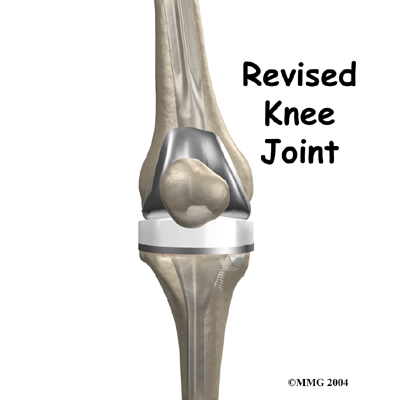
Revision Arthroplasty of the Knee
Over the past 30 years, artificial knee replacement surgery has become increasingly common. Millions of people have gotten a new knee joint. The first time a joint is replaced with an artificial joint the operation is called a primary joint replacement. As people live longer and more people receive artificial joints, some of those joints begin to wear out and fail. When an artificial knee joint fails, a second operation is required to replace the failing joint. This procedure is called a ...

Posterior Cruciate Ligament Injuries
The posterior cruciate ligament (PCL) is one of the less commonly injured ligaments of the knee. Understanding this injury and developing new treatments for it have lagged behind the other cruciate ligament in the knee, the anterior cruciate ligament (ACL), probably because there are far fewer PCL injuries than ACL injuries.
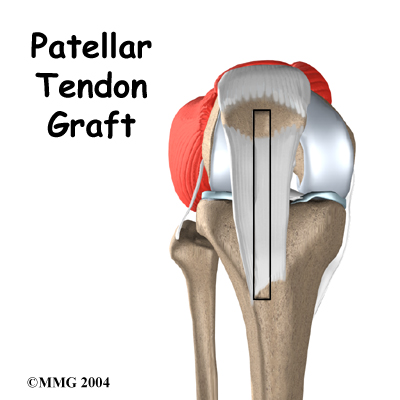
Patellar Tendon Graft Reconstruction of the ACL
The anterior cruciate ligament (ACL) is a major stabilizer of the knee joint. This key knee ligament is commonly torn during sports activities. The standard operation to fix a torn ACL is with a patellar tendon graft. The surgeon takes out the middle section of the patellar tendon below the kneecap (patella). This new graft includes the strip of tendon, along with attached plugs of bone on each end. For this reason, it is sometimes referred to as a bone-patellar-tendon-bone graft. The surge...

Meniscal Surgery
The meniscus is very important to the long-term health of the knee. In the past, surgeons would simply take out part or all of an injured meniscus. But today's surgeons know that removing the meniscus can lead to early knee arthritis. Whenever possible, they try to repair the tear. If the damaged area must be removed, care is taken during surgery to protect the surrounding healthy tissue.
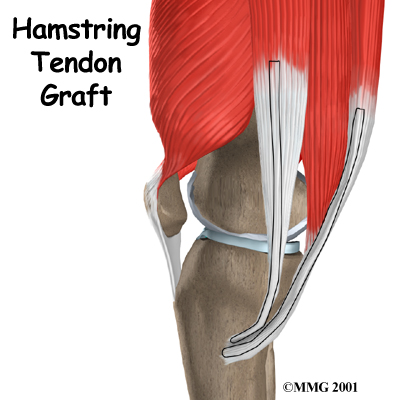
Hamstring Tendon Graft Reconstruction of the ACL
When the anterior cruciate ligament (ACL) in the knee is torn or injured, surgery may be needed to replace it. There are many different ways to do this operation. One is to take a piece of the hamstring tendon from behind the knee and use it in place of the torn ligament. When arranged into three or four strips, the hamstring graft has nearly the same strength as other available grafts used to reconstruct the ACL.
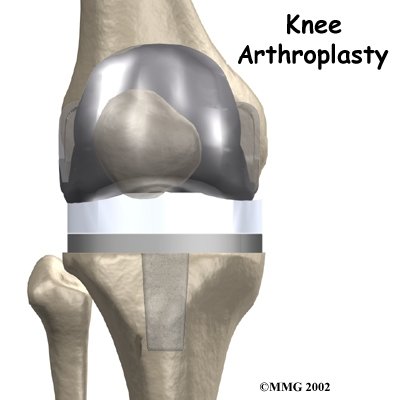
Artificial Joint Replacement of the Knee
A painful knee can severely affect your ability to lead a full, active life. Over the last 25 years, major advancements in artificial knee replacement have improved the outcome of the surgery greatly. Artificial knee replacement surgery (also called knee arthroplasty) is becoming increasingly common as the population of the world begins to age.

